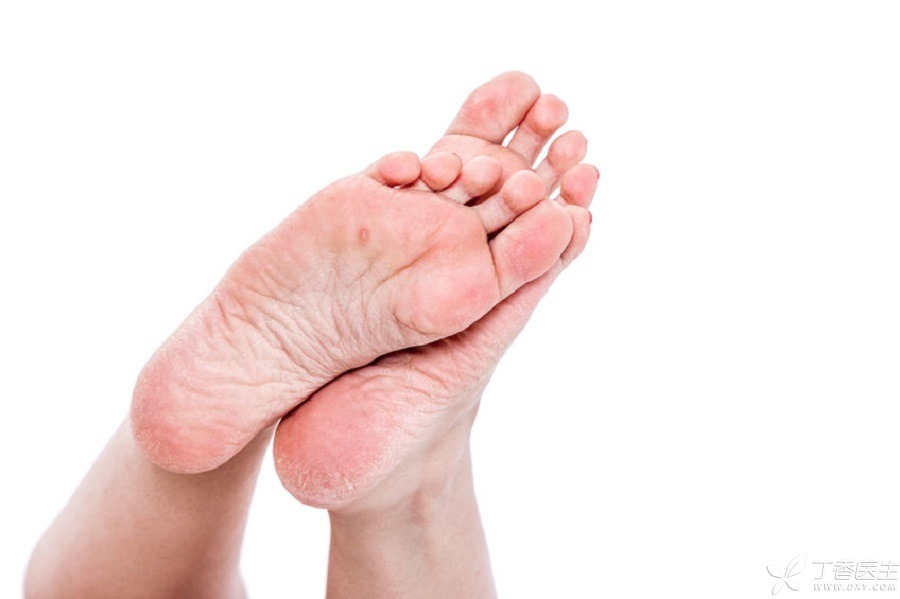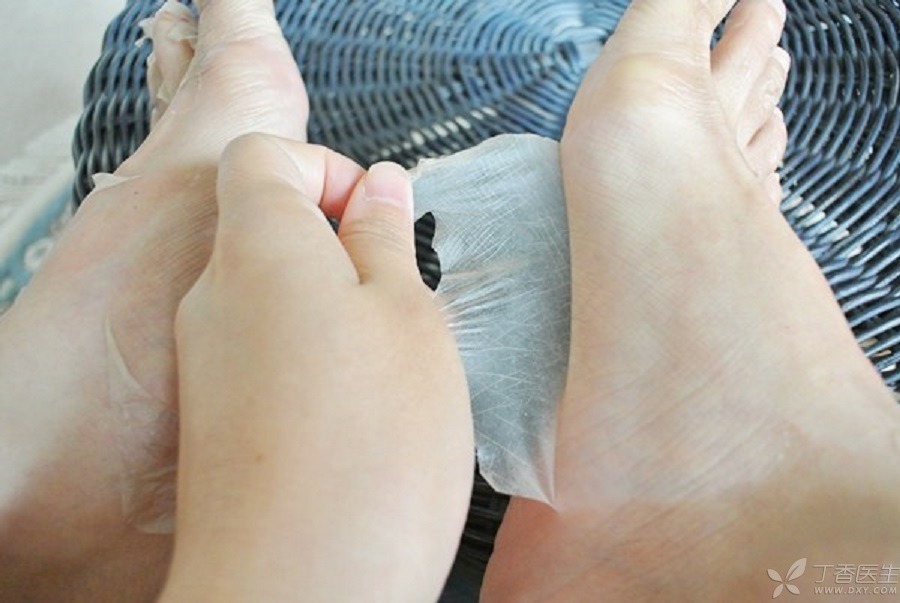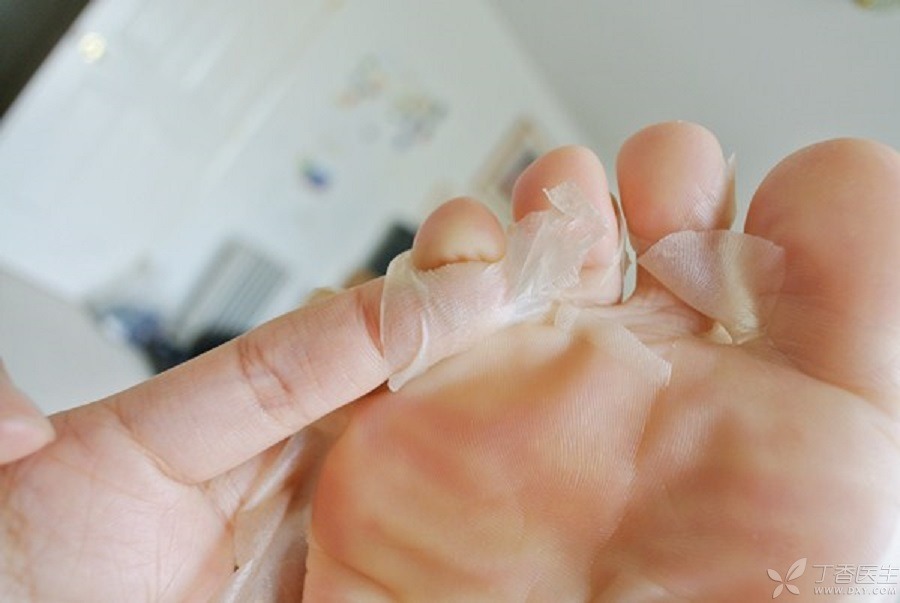
After walking a lot of roads, I took off my socks when I got home. The skin on my feet was yellow and hard to feel. I had calluses on my feet. This kind of situation may have been encountered by many people.
Looking at that lump of hard meat, you may want to scratch, scratch, tear and cut it off at once!
The pleasure may be like this:

It may also be like this:

You may want to say, calluses are not so easy to remove. Is it really possible to tear them in such a large area?
There are many ways to remove calluses, we don’t have to rely on [tearing]. Dr. Clove invited Zhang Liwen to tell you the story behind calluses.
It is quite common to grow calluses on the feet, mainly because some parts of the feet are pressed for a long time and rubbed by shoes and socks. After a long time, the skin will feel, alas, this is not enough. I have to protect myself, so calluses grow, which is called “callus” in medicine.
In most cases, calluses do not need special treatment, but if you always feel a little pain in the calluses when walking or exercising, what should you do at this time?
Step 1 Use insoles
Small partners who have been troubled by calluses for a long time can buy some elastic sports insoles online and add them to the shoes to reduce the friction of the shoes on the heels and other parts.
Step 2 Scrape it off
The root of the worry lies in what to do after growing calluses. At this time, we might as well consider scraping it off.
Soak your feet with hot water first, and after the skin softens slightly, carefully cut off the calluses with a knife or oblique nail clippers. Be careful not to scratch the normal skin around you.
Before starting work, you can also disinfect tools and skin with iodophor to prevent infection.
Step 3 soften it
I said scrape off the calluses. If you really can’t do it to yourself, then we can also do it softly.
At this time, cutin exfoliating agents, such as high concentration urea cream, salicylic acid ointment or tretinoin ointment, etc. After applying the ointment, cover the skin with a thin plastic film, which can make the drug absorb better.
The [foot skin tearing artifact] mentioned at the beginning is actually the same, except that its main character is fruit acid.
Different from the tartaric acid used on the face, the concentration of tartaric acid used on the feet may be higher, but even if it is used on the feet, be careful for various stimulating effects.
Step 4 Correct your walking posture
Sometimes calluses grow because of foot deformity or improper walking posture. In this case, we need to correct the posture.
The specific correction method, of course, is recommended to consult a doctor. After all, your posture is wrong. It is difficult to judge what kind of walking posture is correct. Moreover, the doctor will also judge whether orthopedic surgery is needed according to your personal situation.
Step 5 Ask for help from a doctor
If you don’t like the methods mentioned above, we can also ask a doctor for help.
Doctors may suggest that you choose physical therapy, including liquid nitrogen freezing, CO2 laser, etc.
6. The best treatment is prevention
In any case, prevention is the key. We can do this at ordinary times:
Shoes: Choose those that are relatively loose and comfortable, with thick soles and excellent elasticity;
Socks: Wear socks to reduce friction.
In fact, calluses are not useless at all. For example, when you hold your mother’s hand, the calluses on your hands will remind you of her hard work, and you will feel sour in your heart, which is likely to lead to the following dialogue:
Mom, where did you get the cocoon?
Mahjong player.
Mother said lightly.
Consulting Doctor
Want a good skin? Dermatologists have many methods.
